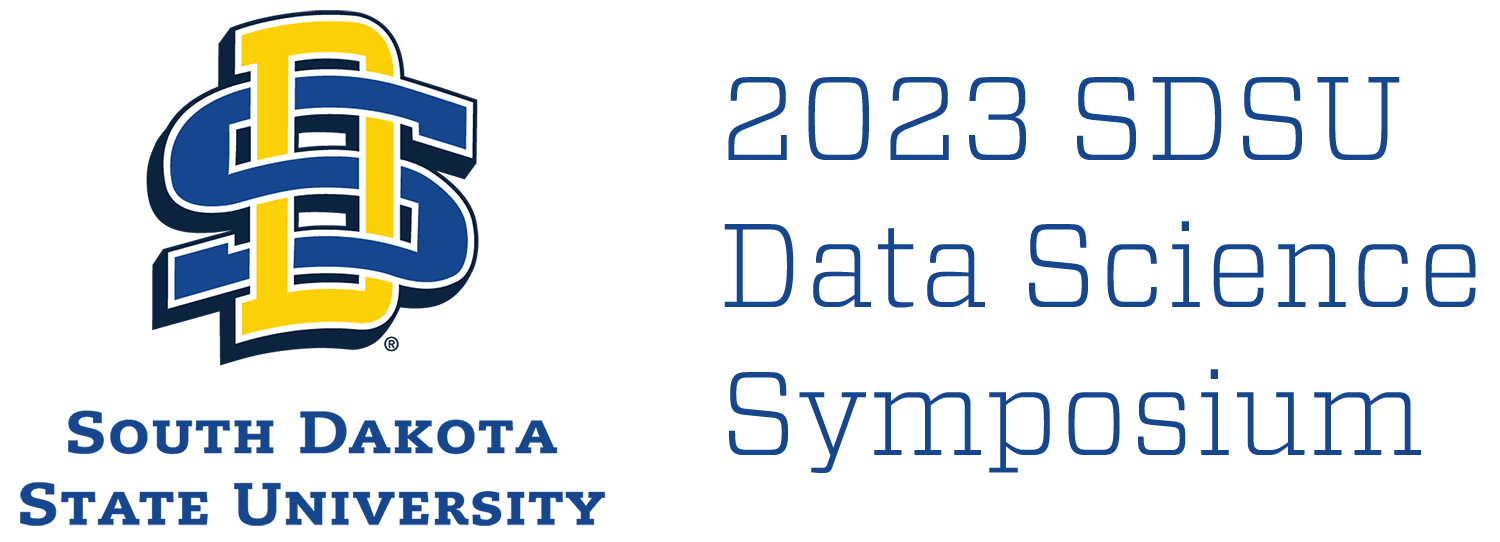Presentation Type
Invited
Student
No
Track
Health Care Application
Abstract
In medical imaging informatics, for any future epidemics (e.g., Covid-19), deep learning (DL) models are of no use as they require a large dataset as they take months and even years to collect enough data (with annotations). In such a context, active learning (or human/expert-in-the-loop) is the must, where a machine can learn from the first day with minimum possible labeled data. In unsupervised learning, we propose to build pre-trained DL models that iteratively learn independently over time, where human/expert intervenes only when it makes mistakes and for only a limited data. In our work, deep features are used to classify data into two clusters (0/1: Covid-19/non-Covid-19) on two different image datasets: chest x-ray (CXR) and Computed Tomography (CT) scan of sizes 4,714 and 10,000 CTs, respectively. Using pre-trained DL models and unsupervised learning, in our active learning framework, we received the highest AUC of 0.99 and 0.94 on CXR and CT scan datasets, respectively. Not to be confused, our primary objective is to provide a strong assertion on how active learning could potentially be used to predict disease from any upcoming epidemics.
Start Date
2-7-2023 3:00 PM
End Date
2-7-2023 4:00 PM
Session 12: Active Learning to Minimize the Possible Risk from Future Epidemics
Pasque 255
In medical imaging informatics, for any future epidemics (e.g., Covid-19), deep learning (DL) models are of no use as they require a large dataset as they take months and even years to collect enough data (with annotations). In such a context, active learning (or human/expert-in-the-loop) is the must, where a machine can learn from the first day with minimum possible labeled data. In unsupervised learning, we propose to build pre-trained DL models that iteratively learn independently over time, where human/expert intervenes only when it makes mistakes and for only a limited data. In our work, deep features are used to classify data into two clusters (0/1: Covid-19/non-Covid-19) on two different image datasets: chest x-ray (CXR) and Computed Tomography (CT) scan of sizes 4,714 and 10,000 CTs, respectively. Using pre-trained DL models and unsupervised learning, in our active learning framework, we received the highest AUC of 0.99 and 0.94 on CXR and CT scan datasets, respectively. Not to be confused, our primary objective is to provide a strong assertion on how active learning could potentially be used to predict disease from any upcoming epidemics.

